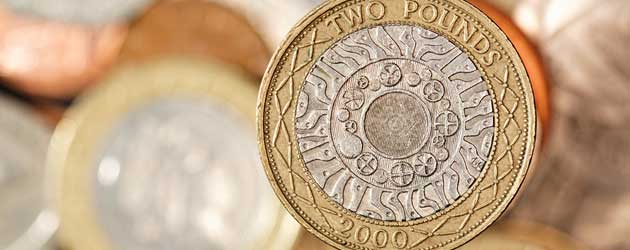
The Pound to US Dollar exchange rate (GBP/USD) declined by around a cent yesterday from 1.5335 to 1.5235 as markets positioned themselves for the Federal Open Market Committee’s monetary policy statement. Sterling could come under serious pressure from the US Dollar if the FOMC announces, or hints at, a slowdown to its asset purchasing scheme.
Yesterday the S&P/Case-Shiller House Price index came in at an annualised rate of 12.2%, which is the largest surge in house prices since March 2006. The 7-year high figure boosted the US Dollar, to the extent that a below-forecast Consumer Confidence print was unable to halt the stampeding ‘Greenback’. US Consumer Confidence came in at 80.3, compared to expectations of 81.3, but markets largely ignored the shortfall – probably due to the impressive 6-year high that the University of Michigan’s confidence survey hit last week.
With GBP/USD support levels at 1.5380 broken on Monday and subsequent support at 1.5265 breached yesterday it appears that traders have viewed the pair with a negative bias ahead of this evening’s hugely influential statement from the Fed.
It is important to point out that prior to this evening’s monetary policy statement US second quarter growth figures are due out. If GDP prints at 1.0% as expected, down from 1.2% in the first quarter, it is likely to sway the Fed towards continued stimulus. All things considered, it is unlikely that the FOMC announcement will directly lead to a cooling of QE3, however, it is entirely possible that the statement will include hints that Fed tapering could take place in September.
Four times a year the Fed updates its economic projections accompanied by a post-decision press conference and the US Central Bank, as a rule of thumb, prefers to unleash significant shifts in monetary policy during these particular months. August’s decision will not be accompanied by a press conference, but September’s will, giving the Fed more opportunity to clarify the reasons behind a potential shift in monetary policy. This argument is by no means foolproof, the FOMC acted swiftly in 2011 to introduce “Operation Twist” at a non-press conference meeting, but on most previous occasions the big alterations have been accompanied by a press conference with Chairman Ben Bernanke.
As long as US GDP does not underwhelm predictions too significantly and the Fed’s statement maintains the suggestion that QE3 tapering will begin in September then the Pound to US Dollar exchange rate has the potential to trade lower towards significant psychological support at 1.5000. However, the Federal Reserve has repeatedly reiterated the point that asset purchases are conditional to domestic performance. Friday’s crucial US Non-farm Payrolls print will be scoured by eagle-eyed investors for signs of weakness or strength in the US economy. A score of 185,000, which is the median analyst prediction, will likely be interpreted as neutral. But a score significantly lower could seriously hamper the US Dollar and possibly reverse any progress that it makes against the Pound. Conversely, GBP/USD will be in real trouble if the FOMC statement hints at tapering and then the Non-farm payrolls report prints better-than-expected…that would surely pave the way for the Fed to reduce the pace of its quantitative easing scheme in September.

Comments are closed.